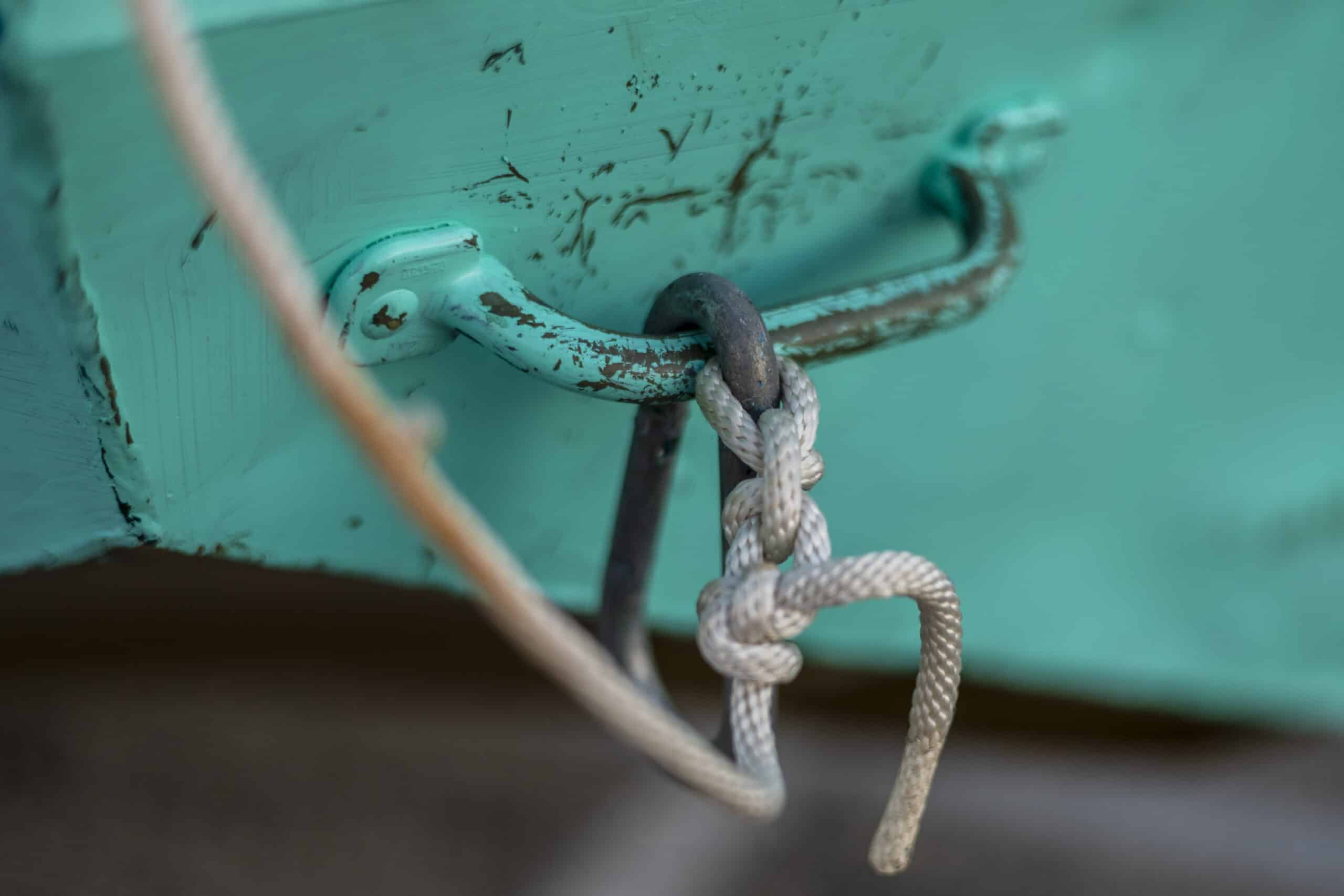How to Tie a Fisherman’s Knot on a Swivel
Key Takeaways
- The Pitzen Knot is the best knot for tying a fisherman’s knot on a swivel.
- The Pitzen Knot is suitable for both monofilament and fluorocarbon lines and retains 97% of the line’s rated strength.
- A step-by-step guide to tying a fisherman’s knot on a swivel using the Pitzen Knot is provided.
When it comes to fishing, tying the right knot is essential for ensuring the strength and reliability of your line. One of the most commonly used knots is the fisherman’s knot, which is especially useful for attaching a swivel to your line. In this article, we will discuss the best practices for tying a fisherman’s knot on a swivel, including the recommended knot and its benefits.
The Pitzen Knot: The Best Knot for Tying a Fisherman’s Knot on a Swivel
According to Tackle Village, the best knot for tying a fisherman’s knot on a swivel is the Pitzen Knot. This knot is known for its simplicity and reliability, making it a popular choice among anglers.
The Pitzen Knot is suitable for both monofilament and fluorocarbon lines, making it versatile for various fishing scenarios. It can be easily tied in any conditions and retains 97% of the line’s rated strength. This means that you can have confidence in the knot’s ability to withstand the pressure of a big catch.
Step-by-Step Guide to Tying a Fisherman’s Knot on a Swivel
Now, let’s go through the step-by-step process of tying a fisherman’s knot on a swivel using the Pitzen Knot:
- Pass the tag end of your line through the eye of the swivel.
- Hold onto the tag end and make five to seven wraps around the standing line. Ensure that the wraps are tight and snug, without overlapping each other.
- Thread the tag end through the loop that has been formed between the swivel and the wraps.
- Moisten the knot with water or saliva to lubricate it.
- Hold the standing line and the swivel, then pull the tag end to tighten the knot. Make sure to maintain tension throughout the process.
- Once the knot is fully tightened, trim the excess tag end.
By following these simple steps, you can tie a secure fisherman’s knot on a swivel using the Pitzen Knot.
Conclusion
Tying a fisherman’s knot on a swivel is an essential skill for any angler. The Pitzen Knot, with its simplicity and strength, is highly recommended for this purpose. By practicing and perfecting this knot, you can have confidence in the reliability of your line when out on the water.
Related Websites:
FAQs:
Q: What is the importance of fishing knots?
Fishing knots are crucial as they ensure the strength and reliability of the fishing tackle. Properly tying knots helps prevent the loss of fish and equipment, ensuring a successful fishing experience.
Q: What is a fisherman’s knot and when should I use it?
A fisherman’s knot is a strong and reliable knot used to connect fishing line to a swivel. It is ideal for situations where you require a secure connection between the line and the swivel, especially when dealing with heavy fish or rough conditions.
Q: What are the components involved in tying a fisherman’s knot on a swivel?
To tie a fisherman’s knot on a swivel, you will need a fishing swivel, which helps prevent line twisting, and a compatible fishing line. Different types of fishing lines, such as monofilament, fluorocarbon, or braided lines, can be used with swivels.
Q: How do I tie a fisherman’s knot on a swivel?
Follow these steps to tie a fisherman’s knot on a swivel:
1. Pass the fishing line through the eye of the swivel.
2. Take the end of the line and create a loop.
3. Wrap the loop around the mainline and the standing line several times.
4. Thread the end of the line through the loop created in step 2.
5. Moisten the knot and pull both ends to tighten.
For clear illustrations and diagrams demonstrating each step, refer to our comprehensive fishing knot guide.
Q: What mistakes should I avoid when tying a fisherman’s knot on a swivel?
To ensure a strong and secure fisherman’s knot on a swivel, avoid these common mistakes:
– Insufficient wraps around the mainline and standing line.
– Failure to tighten the knot properly.
– Using a damaged or weakened swivel.
– Using incompatible fishing lines and swivels.
By avoiding these mistakes, you can increase the effectiveness of your knot and minimize the risk of equipment failure.






